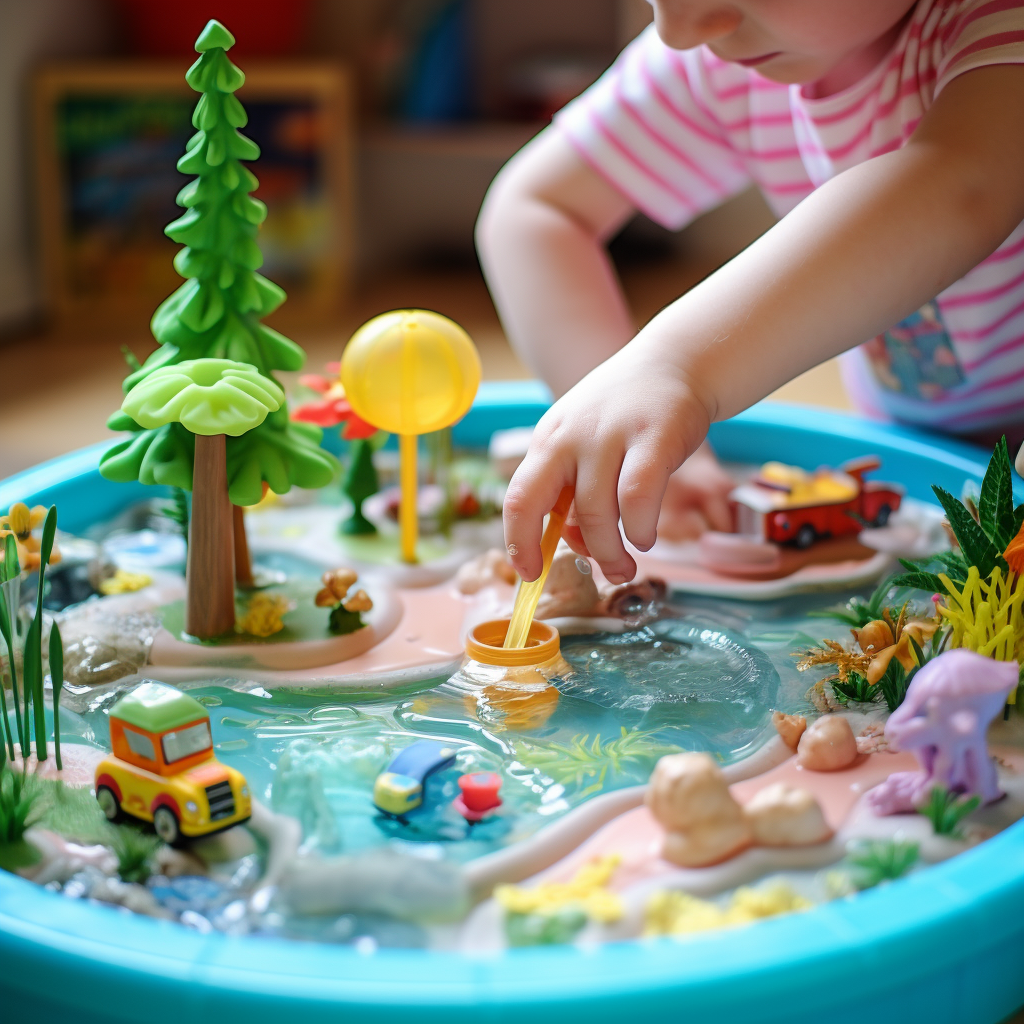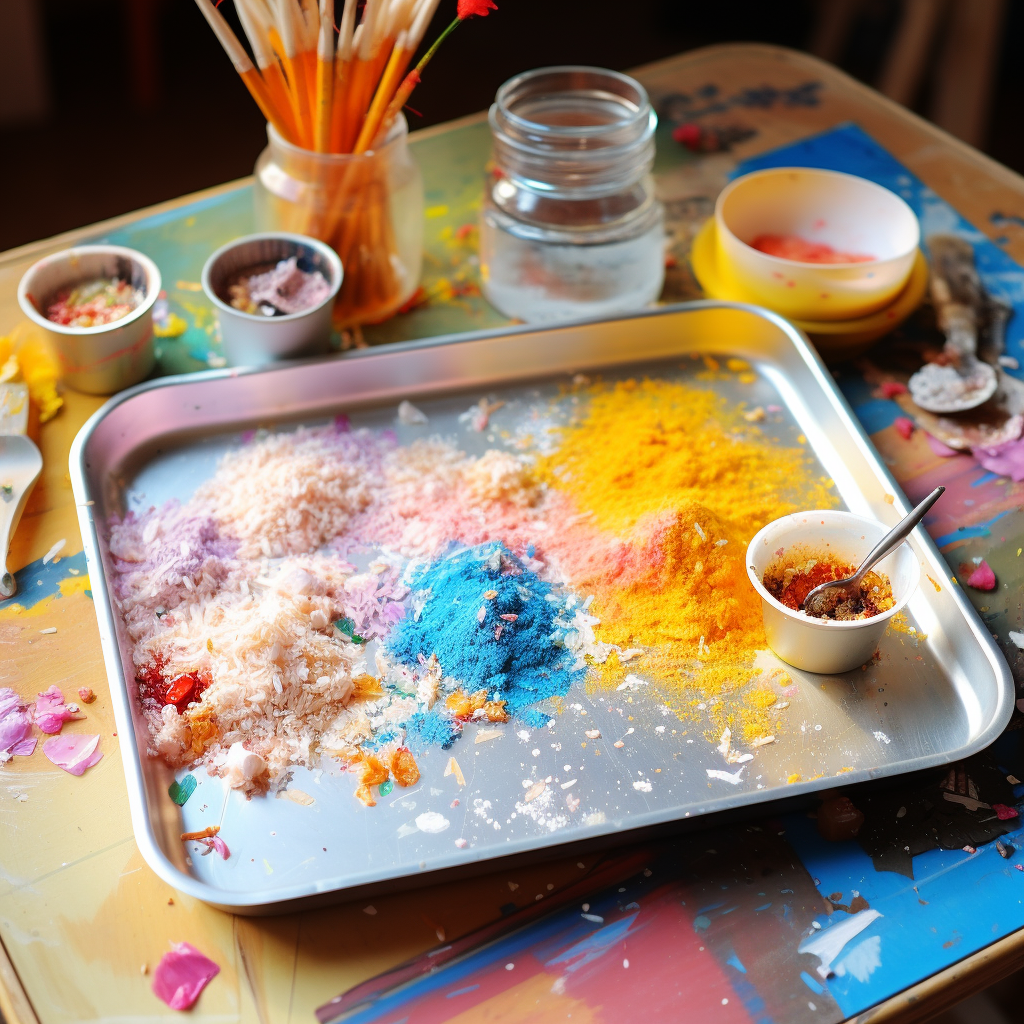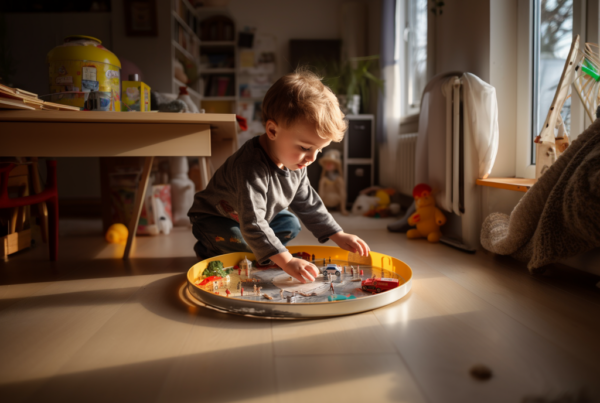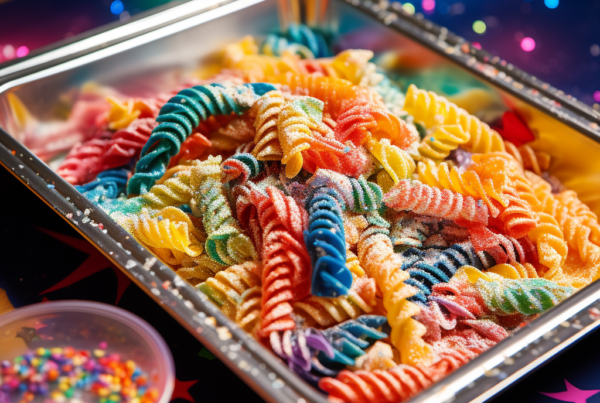Why is Sensory Play Important?
Sensory play is an essential part of a child’s development, helping them make sense of the world around them. One of the most versatile tools for facilitating this type of play is a tuff tray. These large, shallow trays are perfect for creating engaging, sensory-rich environments for children to explore. Let’s delve into the benefits of tuff tray ideas for sensory play and share some of my favourite ideas for you to try.
Why Tuff Trays?
Tuff trays are becoming increasingly popular in homes and early childhood settings worldwide. They are a brilliant tool for sensory play, allowing children to explore their senses of taste, touch, sight, sound, and smell. Once you’ve bought one, finding new tuff tray ideas becomes a habit, so you can continue providing your little one with new and engaging learning activities.
One of the key benefits of tuff trays is their ability to contain the mess that often comes with sensory play. The tray’s shallow edges create a visual boundary for the play, helping to keep sensory bases contained. This is particularly beneficial for parents who may be concerned about mess spreading throughout their home.
Tuff trays are also large enough for multiple children to play together without encroaching on each other’s space. This makes them an excellent choice for families with more than one child or for early learning settings. Personally, I find having a few ideas up my sleeve very helpful in a busy household. Tuff trays have become my “go to” and I often setup my youngest two children with either separate or combined stations with a similar theme so they can interact.

8 Amazing Tuff Tray Ideas for Sensory Play
Whether you’re looking for tuff tray ideas for toddlers, pre-schoolers or older children, these sensory activities and themes won’t disappoint.
- Construction Small World: Fill the tuff tray with small stones and construction toys for a digger-loving toddler. The tray will contain the stones, preventing them from spreading throughout the house.
- Rice Exploration: Fill the tuff tray with white rice and bowls for babies and young toddlers. The tray’s edges will keep the rice mostly contained, and the children can explore the texture and sound of the rice.
- Potion Exploration: Set up a potion exploration station using items from your sensory stash, along with flowers or scented herbs from the garden. This activity encourages children to explore their senses of smell and touch.
- Water Play: Fill the tray with water and dig out some cups and bottles. I sometimes add plastic syringes from Calpol bottles too. This simple setup can provide hours of fun for toddlers, who can explore the sensation of pouring water from different containers.
- Small World Invitation: Cut a piece of artificial grass to fit inside the tray and use it as a base for small world play. This could include Duplo or Playmobile figures, toy cars, or natural materials like stones and twigs.
- Fine Motor Exercise: Use painter’s tape, tongs, and animal figurines to turn the tuff tray into a fine motor exercise. Children can practice their fine motor skills by picking up the figurines with the tongs.
- Shaving Cream and Paint: For a fun and messy sensory experience, add some shaving cream and paint to the tray. Children can mix the two materials together, exploring their textures and creating colourful patterns.
- Ocean Small World: Fill the tray with sand, coral, and shells to create an ocean-themed small world. Add some ocean animal toys for children to play with and explore.
Conclusion
Tuff trays offer a versatile and practical solution for sensory play. These simple products allow children to explore their senses in a contained and engaging environment. Whether you’re a parent seeking to enrich your child’s play at home or an educator looking for new ideas for your setting, I’d certainly recommend exploring a tuff tray.
Remember, the key to successful sensory play is to keep it simple, fun, and explorative. Let the children lead the way, and you’ll be amazed at the creativity and learning that unfolds.
If you have any questions or want to learn more about how I use tuff trays at home, get in touch.




